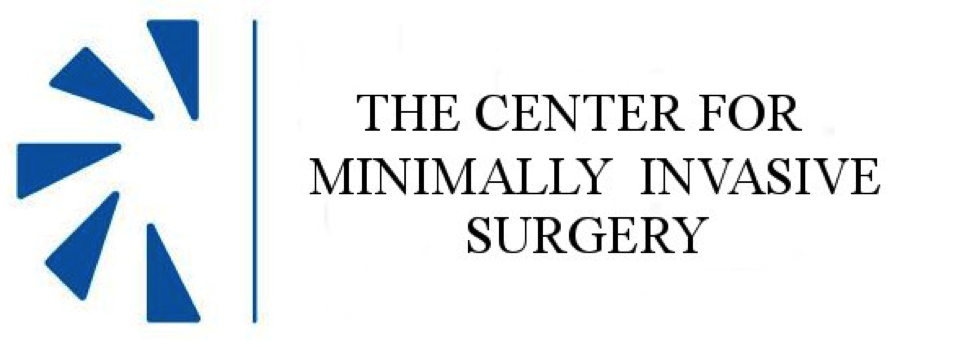Understanding Labral Tears
The shoulder contains a ball and socket joint that helps with movement and flexibility. A series of tendons and cartilage provide stability and reinforce the joint. The labrum is a ring of cartilage that lines and supports the glenoid head of the shoulder socket. This cartilage can tear due to injury, repetitive overuse, or degenerative conditions. The damage is sometimes severe, leading to instability in the shoulder. A labral repair can address the injury and may be able to restore shoulder function.

Symptoms and consequences
Shoulder pain and discomfort are common, especially after a long work day or competing in certain sports. However, some signs of shoulder pain should not be ignored. Common labral tear symptoms include shoulder instability, a popping sensation, pain, and weakness. In addition, some people experience a cracking sensation, reduced range of motion (ROM), or weakness when holding the arm overhead. If left untreated, the shoulder loses some function, impacting the quality of life. The patient can also compensate on the other side, leading to more injuries and complications.
Repairing damage with shoulder surgery
Labral repair aims to address the symptoms of a tear and, in some cases, even reverse the damage. In some cases, the injury can occur at the front of the shoulder and is known as a superior labrum from anterior to posterior (SLAP) tear. With a Bankart tear, the cartilage is torn from the front of the socket, which is common with shoulder dislocations. The surgeon uses the appropriate technique to address the injury. Today’s labral repairs are done arthroscopically, meaning an orthopedic surgeon uses minimally invasive techniques to complete the procedure. The patient is placed under general anesthesia, and incisions are made on the shoulder. The surgeon uses the arthroscope to view the damage, then reattaches the cartilage to the bone.
Can the procedure turn back time?
A labral repair is necessary if non-surgical options fail or the patient’s condition worsens. When the procedure is performed using minimally invasive surgery, the patient can leave the hospital on the same day. There’s also a lower chance of complications and a higher success rate. Patients often need 6-12 months to make a complete recovery, but most procedures can restore the function of the shoulder. A recent study showed that over 85% of patients resumed normal activities after recovery. Minimally invasive surgery reduced this timeline even further and increased the chances of a positive outcome.
The power of recovery
While some downtime is expected, patients who commit to rehabilitation can recover quicker. After surgery, all patients will receive a referral to physical therapy (PT) to encourage healing. Physical therapy is a range of exercises, stretches, and treatments to restore ROM and strength. The patient will be instructed to start the exercises soon after surgery, even if the arm is still immobilized with a sling. The physical therapist will increase the intensity based on the patient’s responsiveness. The treatment is also designed to strengthen the surrounding muscles while encouraging healing, helping to reverse much of the damage.
Achieve a stronger shoulder
Labral tears can cause a range of unpleasant symptoms that prevents normal function or sports participation. While some can be treated non-surgically, a labral repair can reduce severe symptoms and restore quality of life. More importantly, surgery, along with a solid rehabilitation process, can restore function or even reverse shoulder damage. Make sure to take action as soon as possible if a chronic shoulder injury is suspected.
Recent Posts
What To Do About Hip Pain: Is It Time To See An Orthopedic Surgeon About Labral Repair?
Hip pain should not be overlooked, as the issue could be a labral tear. Symptoms like pain and instability require an orthopedic surgeon’s assessment.
ACL Repair: Will You Have Range Of Motion With Your Knee After Recovery & Physical Therapy?
After an ACL injury, ROM can be negatively affected. ACL repair surgery helps restore function, but physical therapy is essential to ROM.
Arthroscopy: What Are The Benefits Of This Minimally Invasive Outpatient Orthopedic Procedure?
Arthroscopy can help diagnose or treat joint conditions. Benefits of the MIS include faster recovery, less pain, and fewer scars.
Posterior Interbody Lumbar Fusion: What Are The Benefits Of PLIF For People With Back Pain?
People with chronic back pain may benefit from posterior interbody lumbar fusion surgery. PLIF can reduce pain and improve stability.








